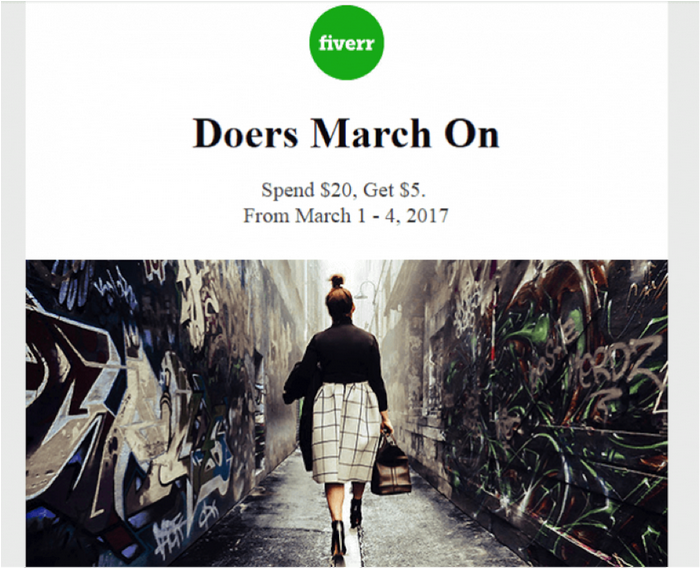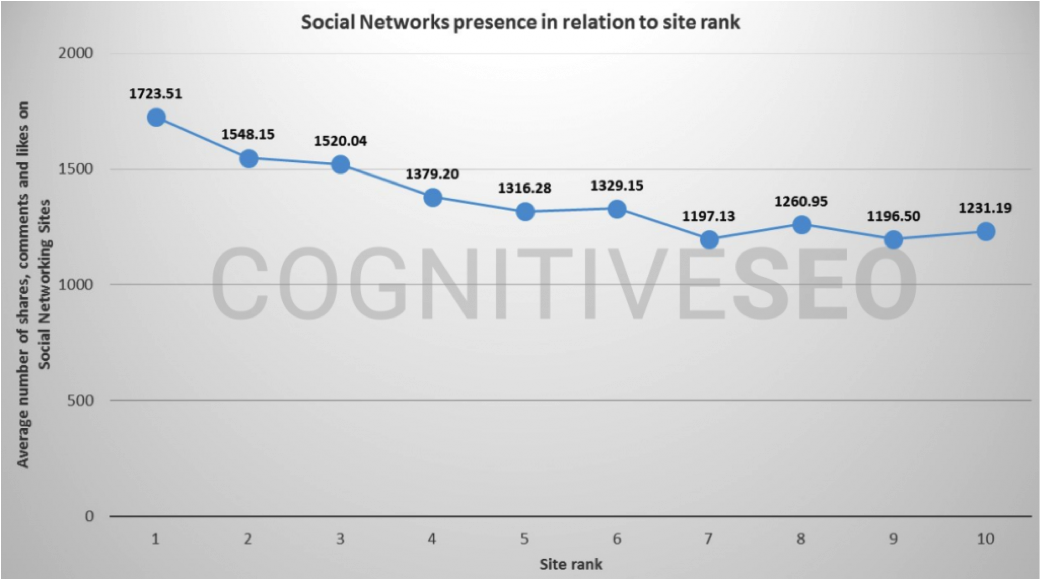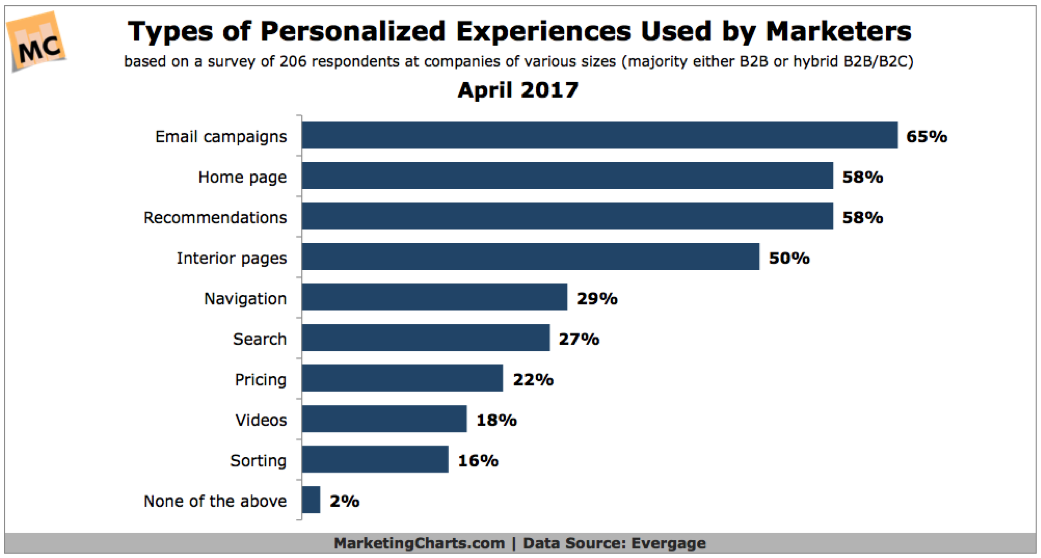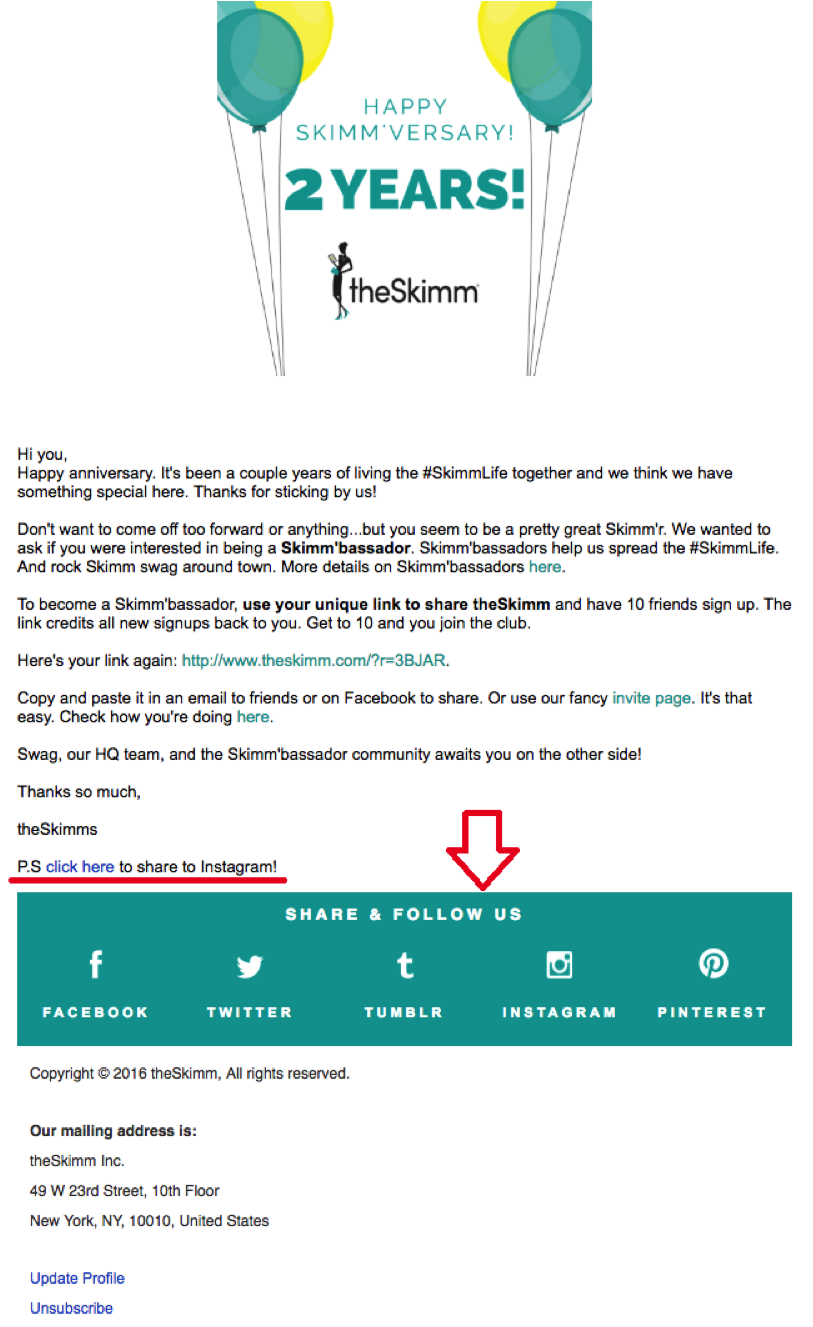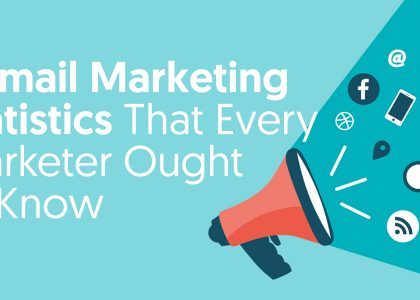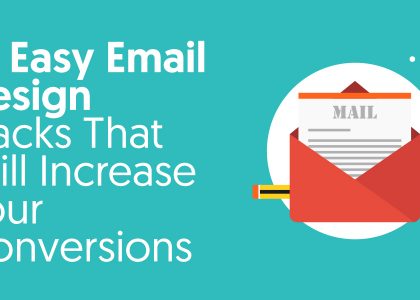6 Ways Email Marketing Can Boost Your SEO and Increase the Traffic

When you consider that search engines deliver nearly 80% of all global desktop traffic, it’s clear that businesses need a well-developed SEO strategy to succeed online.
But unfortunately, a lot of businesses stop at the basics, limiting their SEO activities to quick keyword finder usage, basic on-page SEO, or seeking backlinks from relevant, reputable websites. Don’t make the same mistake – this is just the tip of the iceberg of what SEO has to offer your brand.
You might not know it, but email marketing is a must-have for your SEO strategy. With the right techniques, you can use your email list to boost your ranking in search engines, drive more traffic to your website and – most importantly – increase on-site conversions.
But how do you do it? Let’s take a look at six email marketing tactics you should be using to boost your SEO results.
1. CTAs, Social Share Buttons, and Review Forms
Whenever you receive an email from a company, what do you do immediately after reading it? If you do nothing, the marketer that crafted that email did a poor job.
In this case, you likely clicked away, deleted the email, and went on with the rest of your day with no intention of re-engaging with that brand.
This is where a lot of businesses fail in their email marketing strategies. Any piece of marketing you create is supposed to drive action.
Take, for example, this Fiverr CTA:
Action is critical, and there are three ways you can pull this off. The first is to include a call to action (CTA) in every message. This can be as simple as asking your subscribers to click on a link to a video on your blog or to download your new ebook.
Another option is to add social share buttons, which you can also use as a CTA – i.e. “Share this newsletter with your friends.” This is a clever way to tie social media into your SEO and email marketing strategy, as it can be a huge driver in building brand recognition, engagement, and traffic.
Having your loyal subscribers promote your content on their social channels can help grow your list of followers on those networks, which is why it’s worthwhile to have business pages on these platforms. Doing so can also drive organic engagement, which can boost your SEO.
As this chart shows, there’s a clear correlation between SEO and social media, so it’s not something you want to ignore:
Lastly, you can use review forms to gather testimonials from your happy customers. This can give you insight into how you can improve your products or services, though the real benefit comes from having those reviews presented online.
A whopping 90% of consumers read online reviews before visiting a business, and since 84% of people trust online reviews, they affect roughly 68% of purchasing decisions.
It’s not just your sales that reviews are affecting – they can help (or hurt) your SEO as well. For example, one study found that reviews have a 13% impact on local search results.
So by having more online reviews, particularly positive ones, you can help search engines rank your business higher in the search engine results pages (SERPs). If you’re a local business, this is a big deal, so don’t skimp out on urging your email subscribers to leave a review.
2. Personalize Your Email Content
Adding a personal touch to your emails can do wonders for your campaigns. For one, it can help your email open rates, email click-through rates (CTR), and even your conversions.
For example, 26% more emails are opened when a personalized subject line is included. According to one study, segmented email campaigns can increase revenue by an astounding 760%. This is likely why you’ll find 65% more marketers now using personalized emails as part of their campaigns:
Take advantage of your segmented lists by polling subscribers to see what type of content and topics they’d like to see (use a dynamic tool like Mailshake to help with segmented and personalized communication while keeping track of all the back-and-forth). Then, create and deliver that content via your blog, and link to it in your emails.
3. Share Old, But Relevant Content
Creating new content that appeals to your email subscribers is one way to help boost site traffic. But there’s another way as well – making use of old content that’s relevant to particular email list segments.
Think of it this way – your email subscriber base is always growing, so it makes sense to occasionally point them to old content they may have missed.
One way to do this is to create email messages around specific themes and then include links to a mix of old and new content related to that theme. Just make sure to include your CTAs and social media share buttons to help grow your audience and visibility.
Of course, the last thing you want is to inadvertently increase your bounce rate by sending to addresses that are no longer in use or are incorrect.
With 31 billion emails bouncing every single day, you need a foolproof way to main a clean email list. Using an email verifying tool gives you real-time email verification and can reduce bounce rates by as much as 98%.
4. Make Your Emails (and Website) Mobile-Friendly
If your emails aren’t optimized for mobile screens, your engagement rates will suffer. And if your emails are optimized but your website isn’t, you can bet on a higher-than-usual bounce rate. Needless to say, this will hurt your SEO ranking.
To optimize your emails for mobile:
- Keep emails short and to the point
- Ensure loading speeds are quick
- Include a CTA with large buttons and links to click on
- Use a template with a single column
Take a look at this mobile-friendly email from Tynker:
Also, a responsive website design will ensure your site is accessible on any device, mobile or desktop, by adapting it to whatever screen size it detects. Both Google and your visitors will love you for it.
5. Ask Your Subscribers for Social Shares
While Google has stated that social media shares don’t directly impact your SEO ranking, having higher visibility on social media can.
As mentioned earlier, there is a correlation between social media sharing and your SEO. In fact, there’s evidence that suggests sharing content on social media can help its visibility in the SERPs.
Take a look at an experiment done by Hootsuite in which the brand tested 90 pieces of content – 30 that weren’t shared on social media, 30 that were only shared organically, and 30 that were advertised for two days using PPC.
As you can see, the content that was shared on social media outperformed content only shared organically.
Here’s a look at how TheSkimm slides in at the end asking its email subscribers to like and share on social media:
Ask those on your email list to share out your content in order to boost the visibility of those pieces. By improving the personalization of your emails and the quality of the content you create, you’ll increase the likelihood that they’ll comply.
6. Track Your Campaigns Using UTM Parameters
It’s hard to determine the effectiveness of your personalized email campaigns (as well as how personalization affects your SEO) if you aren’t properly tracking them.
One way to do this is to implement UTM parameters into every email. This makes it possible to track important campaign data – such as email opens, CTRs, conversions, and site traffic – in Google Analytics.
Your CTAs will determine what data you need to pay attention to, and whether or not that particular email was successful. It’s a good idea to split-test your emails to see which have better stats (particularly email open rates and CTRs).
Be sure to watch the behaviors on your website to ensure your content is doing its part. For instance, your bounce rate shouldn’t soar, and the duration times of visitors should be somewhat lengthy.
One way to encourage long stays is to include links to other blogs and pages on your site that are relevant and of interest to your audience. Both your traffic and engagement can help improve your SEO.
Putting Together Your Email Marketing Campaign
There are plenty of different ways you can use your email list to help increase your ranking in search engines, but ultimately, the key is to design your email campaigns in a way that drives traffic to your website content and encourages shares on social media.
Digital marketing is all about putting together all the pieces of the puzzle in a seamless manner. Hopefully, this list will help you leverage the power of email campaigns for SEO to do just that.

Follow his personal website or Twitter profile for all things growth and content marketing related.
